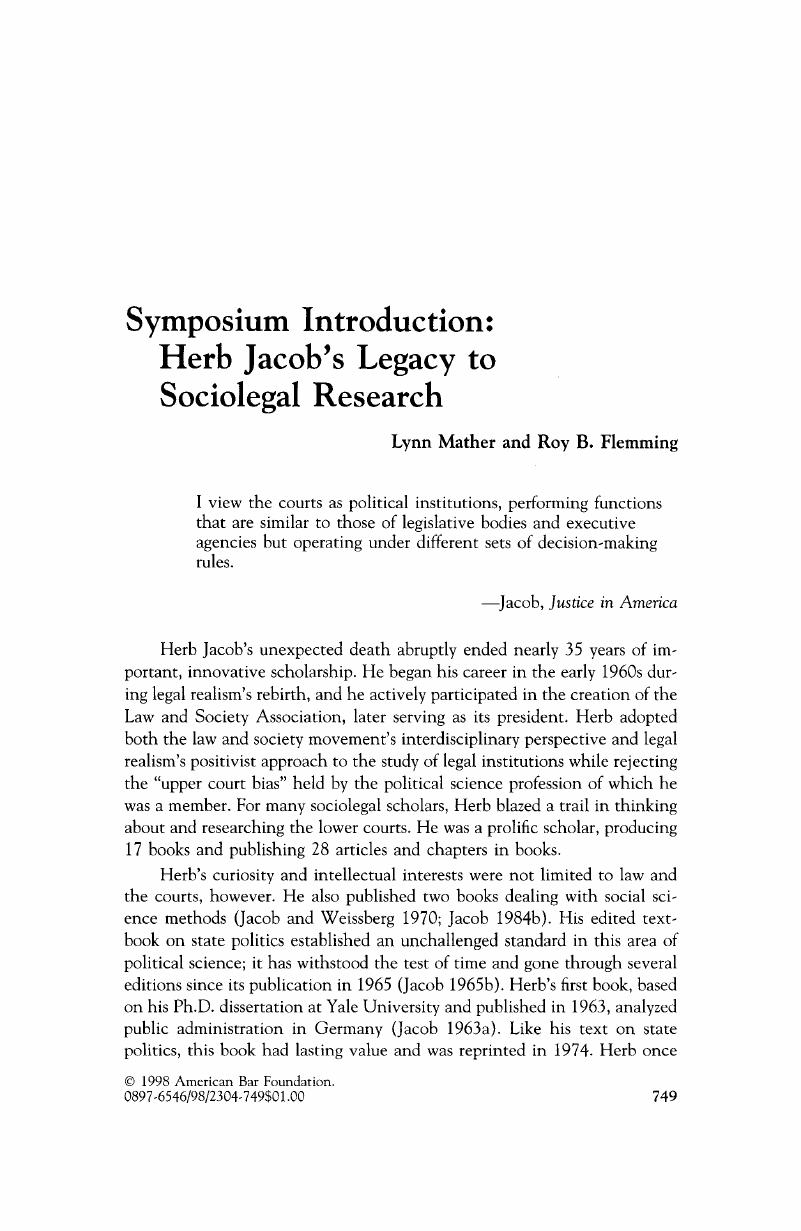Crossref Citations
This article has been cited by the following publications. This list is generated based on data provided by Crossref.
Peel, Patrick
2017.
Renewing the Longitudinal Study of Trial Courts.
Justice System Journal,
Vol. 38,
Issue. 3,
p.
290.





